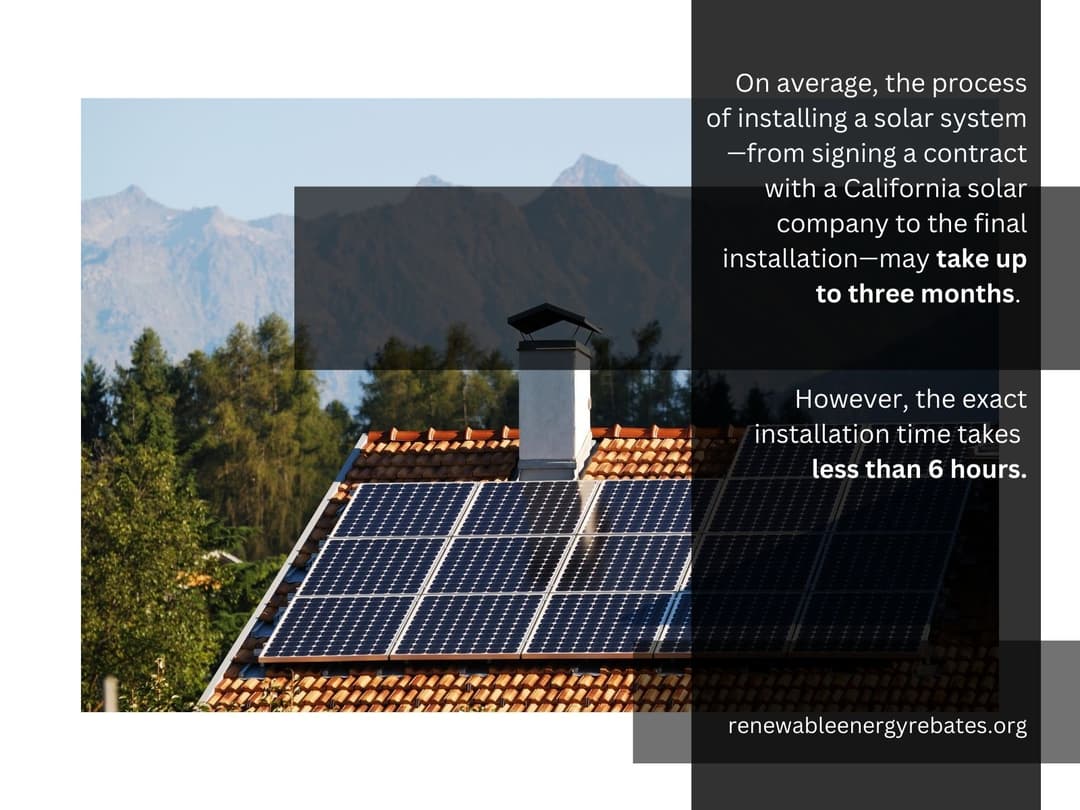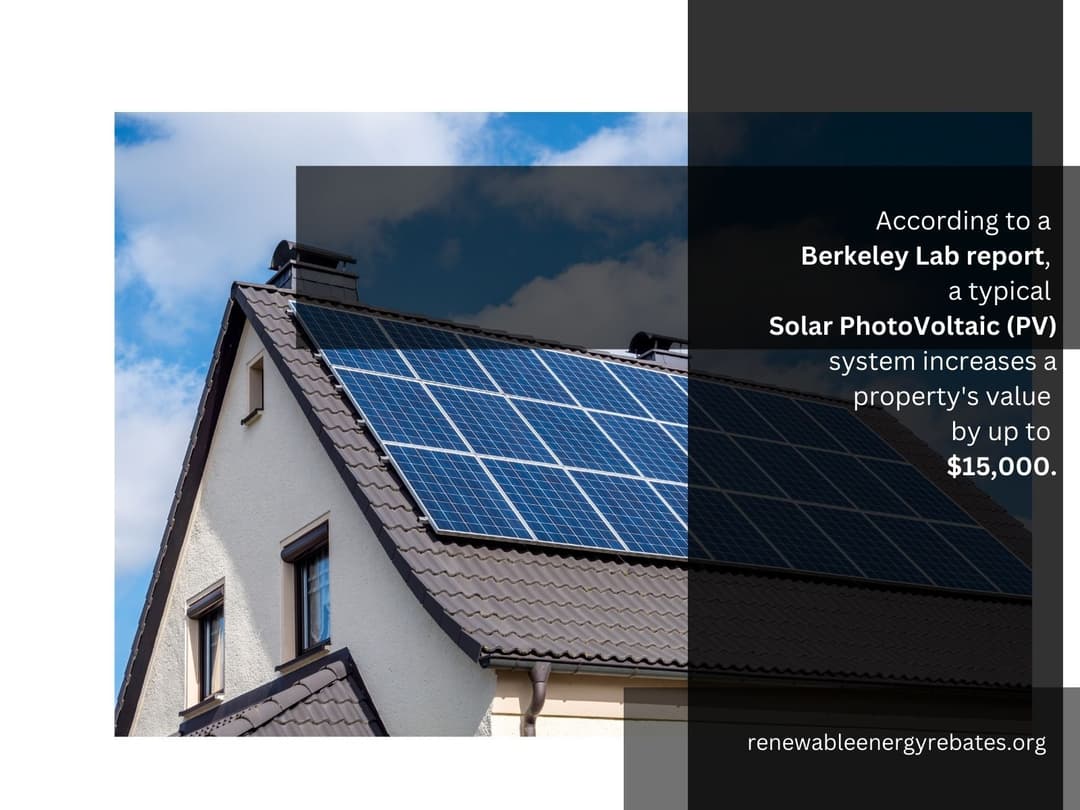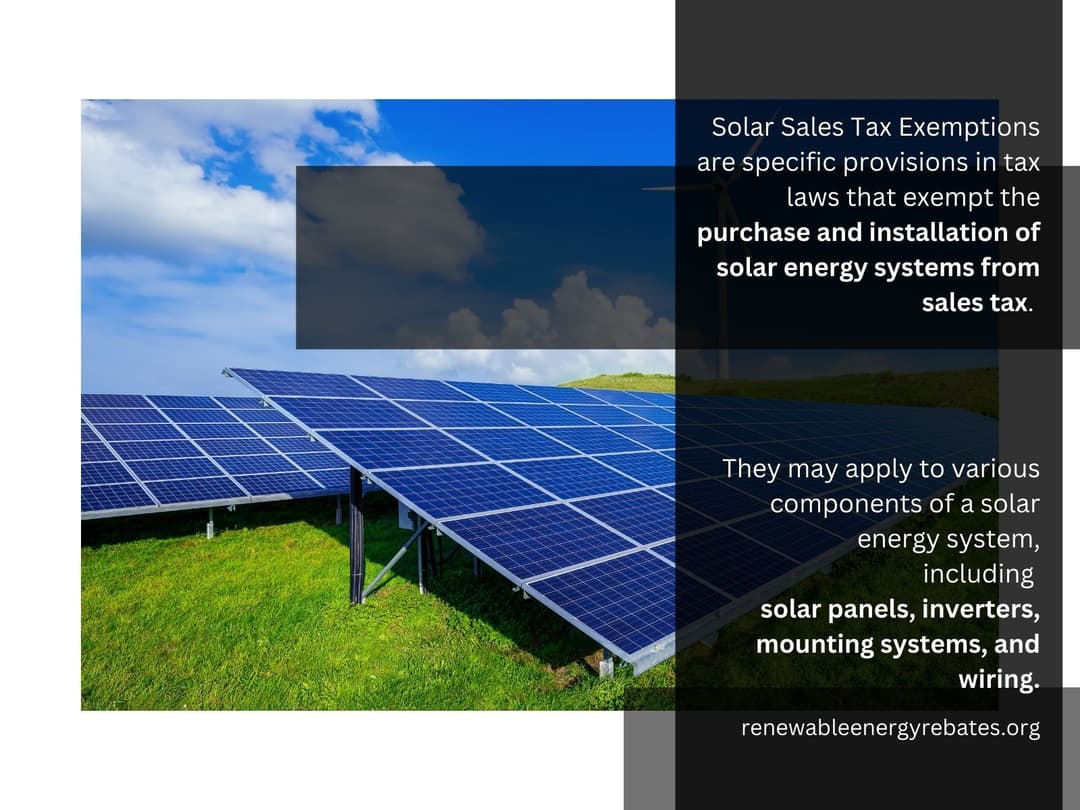Solar Panels in San Diego County, CA
Cost of Installing Solar Panels in San Diego County, California
Key Details
- Solar panels in San Diego County, CA cost between $12,000 and $16,000, with an average of $2 to $4 per watt.
- The cost of solar panels varies based on the system size, ranging from $8,580 for a 3 kW system to $22,880 for an 8 kW system.
- Other costs associated with solar installation include solar batteries ($0.40 to $0.75 per watt) and racking ($0.25 to $0.50 per watt).
- Solar panels in San Diego County typically have a payback period of six to ten years, depending on the system's cost and energy production.
How Much do Solar Panels Cost in San Diego County, CA?
The average cost of installing a resident solar system in San Diego County ranges between $12,000 to $16,000. That translates to between $2 and $4 when calculated on a cost-per-watt basis.

Multiple factors influence the cost of solar panels such as the system size, panel type, installation complexity, brand, local market conditions. However, California offer several solar incentives and rebates that can help lower the overall cost, including NEM 3.0 and the Federal Solar Tax Credit.
Average cost of solar panels by system size in San Diego.
| Energy System Size | Solar Panel Cost | Cost After Credit |
| 3 kW | $8,580 | $6,349 |
| 4 kW | $11,440 | $8,466 |
| 5 kW | $14,300 | $10,582 |
| 6 kW | $17,160 | $12,698 |
| 7 kW | $20,020 | $14,815 |
| 8 kW | $22,880 | $16,931 |
Solar panels vary in cost depending on the type. For instance, monocrystalline solar panels cost more than polycrystalline panels due to the former being more efficient.
The type of solar panel you choose to employ will influence the cost of your solar energy system.
Costs of different types of solar panels in San Diego County.
| Average Cost Breakdown for Solar Installation in San Diego County | |
| Solar Panel Type | Cost Per Watt |
| Monocrystalline Solar Panels | $1 - $1.50 |
| Polycrystalline Solar Panels | $.90 - $1 |
| Thin Film Solar Panels | $1 - $1.50 |
| Other Costs | |
| Solar Batteries | $.4 - $.75 |
| Cost of Racking | $.25 - $.50 per watt. |
| Installation and soft Costs | $2.50 - $4.50 per watt |
Panel Brand
The brand of the solar panel you decide to buy is also a factor. For example, Tesla solar panels will cost more than lesser-known or recognized brands. However, it is more profitable to buy better brands as they assure quality.
Roof Type
Depending on the type of your roof, the cost of your solar panel installation may differ. This is so because different roofs can have varied parts and labor needs. For example, a certain flashing component is required to fasten panel racking to shingle roofs.
How Long Does it Take for Solar Panels to Pay for themselves in San Diego County?
The payback period for San Diego County solar panels is between six to ten years. Your payback period will be dependent on the cost of your system and the amount of power it generates.
Tip: Your solar panel system will pay for itself faster if it produces more energy.

Are Solar Panels Exempt from Property Taxes in San Diego County?
Solar panels are exempt from property taxes in San Diego County. The Active Solar Energy System Exclusion protects homeowners in San Diego from paying a "tax on the sun" when they install solar power system.
An active solar energy system collects, stores, or disperses solar energy using solar devices that are thermally insulated from occupied spaces or any other place where the energy is utilized. Active solar energy systems do not include solar swimming pool heaters, hot tub heaters, passive energy systems, and wind energy systems.
The property tax exclusion was set to expire in September 2022. In response to the looming expiration and its adverse effects, the state passed a bill to extend it to 2026.
By extending this exclusion, California seeks to achieve the goal of 100% sustainable energy by 2045.
Homeowners who wish to access property records in San Diego County, can do so by contacting the Office of the Assessor at (619) 236-3771 or by email. Residents can also physically visit the Assessor’s Office at the following address.
San Diego Assessor Main Office
County Administration Center
1600 Pacific Highway, Suite 103
San Diego, CA 92101
Do You Need a Handyman or a Solar Installer in San Diego County?
According to the Office of Energy Efficiency and Renewable Energy, the best way to install solar is by hiring a certified professional. The right professional must have experience with high-quality solar panels.
Note: There are different licensing requirements for solar contractors as stipulated by the Contractors State License Board (CSLB). The licensing requirements are as follows:
- "A" – General Engineering contractors are licensed to install solar energy systems such as solar panels, inverters, and solar batteries.
- "B" – General Building contractors are qualified to install solar energy systems as long as it is within the scope of B&P Code section 7057.
- C-4 – Boiler, Hot-Water Heating, and Steam Fitting contractors can execute projects incorporating solar heating apparatus associated with systems approved by this classification.
- C-10 – Electrical contractors can execute any solar projects that produce, transfer, convert, or employ electrical energy for any purpose.
- C-36 – Plumbing contractors can execute any project utilizing solar equipment to heat water or fluids to a reasonable temperature.
- C-46 – Solar contractors install, modify, maintain, and repair thermal and photovoltaic solar energy systems. A licensee in this classification cannot embark on or carry out building or construction trades, crafts, or skills. However, they may do so when required to install a thermal or photovoltaic solar energy system.
- C-53 – Swimming Pool contractors can install solar heating in swimming pool projects.
How Can I Sell Solar Energy in San Diego County?
Homeowners can sell surplus power back to the grid using net metering. Prior to April 2023, the California Public Utilities Commission (CPUC) employed a NEM tariff known as NEM 2.0. Customer-generators who wished to submit an application for NEM 2.0 were required to meet the followings.
- Customers must pay an interconnection fee for solar projects under 1 megawatt. This price shall be in accordance with the applicable interconnection fees for each IOU.
- Customers who utilize customer-generated electricity must pay small fees for each kWh of grid electricity they consume.
- To submit an application for NEM 2.0, customer-generators must consent to serve on a Transfer to time-of-use basis.
NEM 2.0 to NetMetering 3.0
On December 15, 2022, the CPUC approved the decision to change the net metering pricing to a new Net Billing Tariff. NEM 2.0 was replaced by this new tariff, which is known as NEM 3.0.
Wiith NEM 3.0, the structure switches from net-metering to net-billing. Essentially, a different price will be determined by your utility for whatever electricity you transmit to the system. Furthermore, it won't be determined by the regular price of your electricity.
Are Tesla Solar Panels Available in San Diego County, California?
Yes, there are Tesla solar panels available for purchase in San Diego County. San Diego tesla solar panels vary in cost depending on their size. For instance, 8 kW Tesla solar panels go for about $12,000 while panels twice the size can go for around $23,000.
Installing Tesla Solar Panels in San Diego County
Tesla partners with Certified Solar Roof Installers to facilitate the installation of solar panels, . These installers are skilled at what they do and strictly adhere to the regulations. Homeowners with a Tesla energy system have access to the Tesla app, software updates, and other advantages.
Do Solar Panels Increase a Home Value in San Diego County?
Yes, according to the Office of Energy Efficiency & Renewable Energy, solar panels can raise a home's market value. A study conducted by Berkeley Laboratory found that solar panels are viewed as improvements similar to a newly renovated living room. The addition of solar panels, according to a different study, can raise a home's market value by 4.1%.

Note: The cost of a house can be affected by the installation of solar panels in a variety of ways. These factors are listed below.
- Location: Prices for electricity vary depending on where you live. For instance, your solar panels are more valuable when electricity prices are higher. Additionally, geography might affect how much sunlight you receive.
- Costs of solar installation: The cost of solar systems in your location is another consideration. For instance, homeowners would save money if they choose a house with a system already installed. Your home becomes even more valuable as a result.
- System output: The added value increases with the size of the solar energy installation.
- Age of the system: Solar energy systems lose value over time, much like many other items. Older systems won't significantly increase the value of your home. This is because prospective buyers could need to make replacements or repairs.
- Replacement cost for a system: The price of upgrading your home's solar energy system will have an impact on its worth. For instance, the market value of your home decreases when replacement expenses rise.
How to Find Solar Companies Near Me in San Diego County, California?
You can find solar companies near you by following these five simple steps.
STEP 1: Decide on your energy requirements and objectives
It is critical to first comprehend your objectives and energy requirements. You can use this to determine the size and kind of solar system you require.
STEP 2: Lookup Los Angeles solar companies in your location
Enter "Los Angeles solar companies near me" or "California solar companies near me" into your chosen search engine. To identify solar providers in your area, you may also use online directories like EnergySage and UHire.
STEP 3: Verify the credentials and reviews of the business
Ensure to confirm the credentials and reviews of the solar companies you have listed. Choose businesses that have an excellent track record in the sector, are licensed, and are insured. Here, you can check the licensing status of an installer. To find out what other people think of the company's services and goods, check customer reviews.
STEP 4: Request estimates from various solar energy providers.
It is a good idea to get quotations from various businesses after you have trimmed down your list. You can do this to evaluate costs and services and pick the one that best suits your requirements.
STEP 5: Pick a solar firm that fits your needs and is affordable.
Last but not the least, you should pick a company that best meets your needs and is within your budget. Ensure to ask questions regarding the company's goods, services, and installation procedure. Additionally, you might ask for references from previous clients.
San Diego County Statistics
The estimated population of San Diego County is 3,286,069. Of this figure, 49.3% are female and 21.3% are below the age of 18. There are 1,237,638 in San Diego County with 54.1% being owner-occupied homes.
San Diego County issued 10,048 building permits in just the year 2021. The median value of owner-occupied homes in San Diego County stands at $627,200. Additionally, between 2017-2021 the median selected monthly owner costs without a mortgage is $695. While the median selected monthly owner with a mortgage within the same timeframe is $2,776. 85.5% of homeowners live in the same household as they did a year ago.
